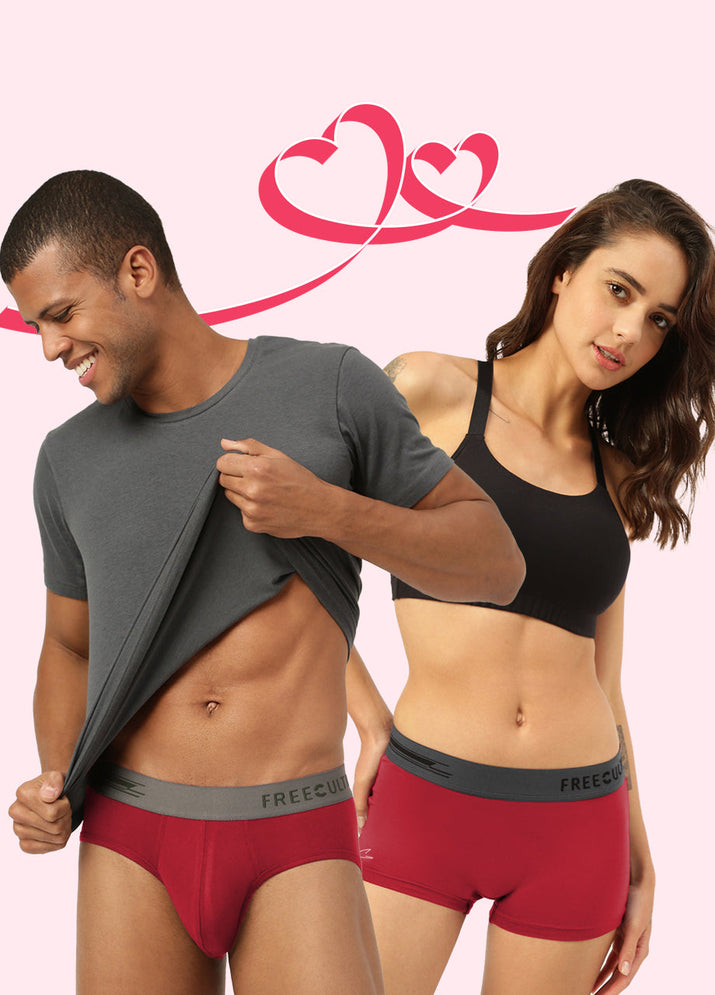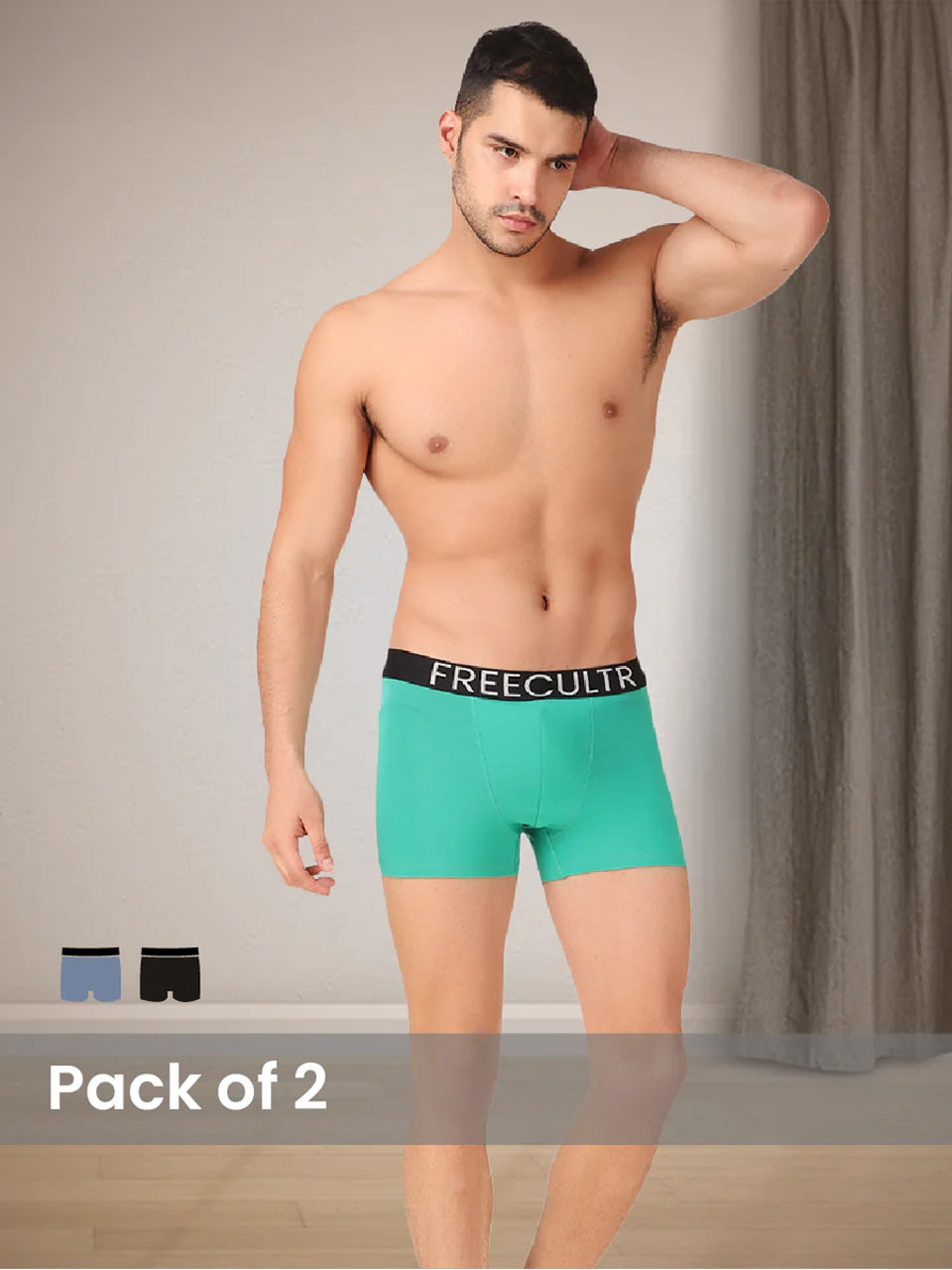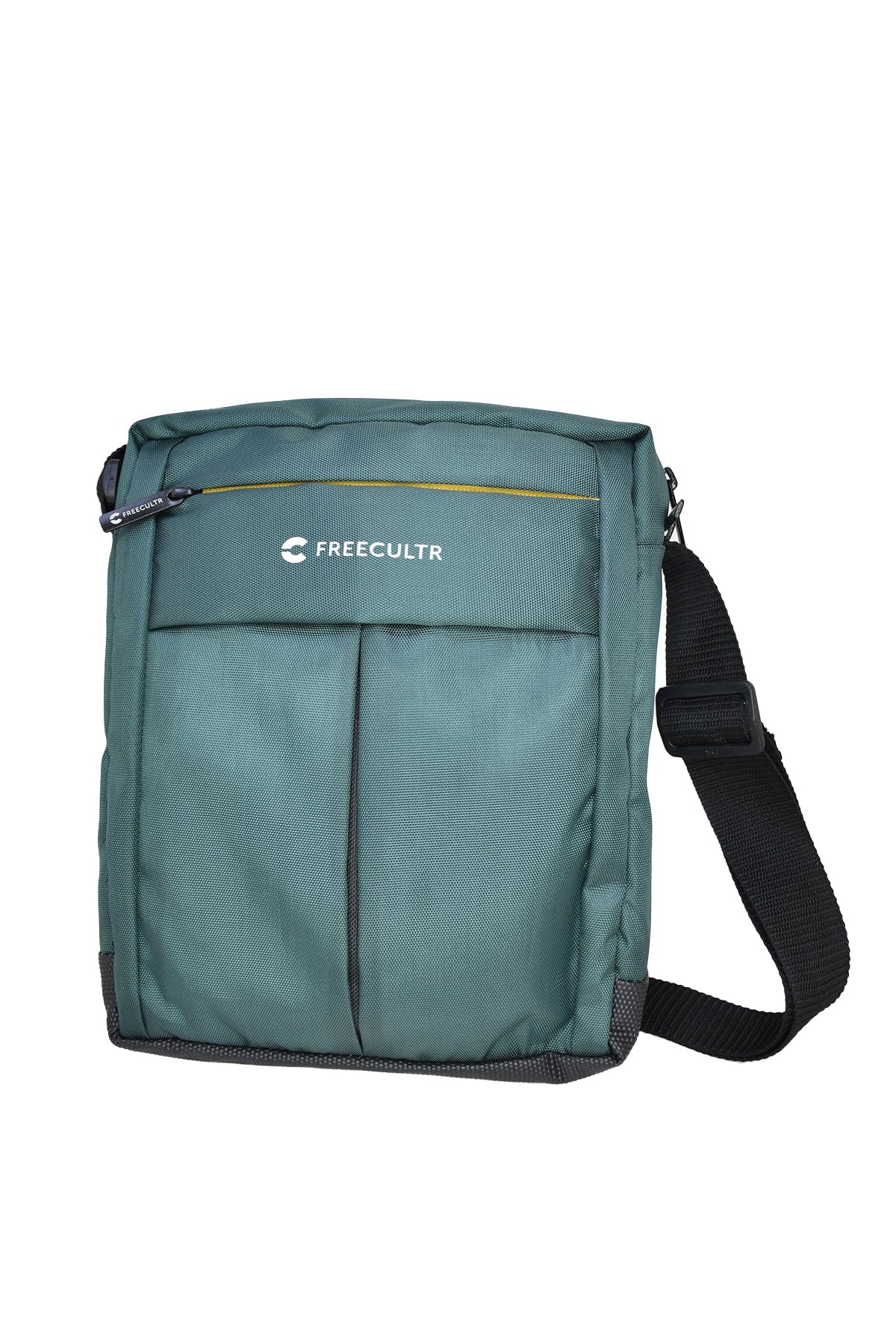The modern men's brief transcends its traditional role, evolving into a sophisticated garment engineered for peak performance and enduring comfort. Gone are the days of basic cotton; today, advanced textile innovations like micro-modal, Tencel. specialized mesh fabrics are meticulously woven to provide unparalleled breathability and moisture management. This shift reflects a crucial trend: undergarments are now foundational to a man's daily well-being and active lifestyle, influencing everything from athletic performance to prolonged periods of sitting. Recent developments in ergonomic design and targeted support zones ensure a precise fit, minimizing chafing and maximizing air circulation, proving that optimal support is synonymous with superior comfort in contemporary men's wear.

Understanding the Foundation: What is a Brief?
The men's brief stands as a quintessential choice in underwear, renowned for its distinctive design that offers both support and a streamlined silhouette. At its essence, a brief is characterized by its full coverage in the front and back, with fabric extending from the waistband down to the upper thigh, leaving the legs completely uncovered. This classic cut ensures that the garment stays discreetly in place beneath clothing, making it a favorite for many.
Historically, the brief emerged in the 1930s, revolutionizing men's undergarments by providing a more supportive and less constricting alternative to the longer, looser boxers of the era. Its immediate popularity stemmed from its practical design, which offered unparalleled support for active lifestyles and a cleaner line under tailored clothing. Over decades, the fundamental design of the brief has remained largely consistent, though innovations in materials and construction have continually enhanced its performance and comfort.
The enduring appeal of the brief lies in its ability to provide consistent support without excess fabric. It’s a garment designed for purpose, ensuring everything stays comfortably in place, making it an excellent choice for a wide range of activities and preferences. Whether for daily wear, athletic pursuits, or professional attire, the right brief can significantly impact comfort and confidence.
The Core Elements of Optimal Support
Optimal support in a men's brief is not accidental; it's the result of meticulous design and engineering. Several key features work in concert to provide the necessary structure and containment, ensuring comfort throughout the day.
- Pouch Design The front pouch is arguably the most critical element for support. It's designed to cradle and lift, preventing chafing and ensuring anatomical comfort. Pouch designs vary significantly, from traditional flat-front styles to contoured, anatomical, or even "fly-front" designs.
- Contoured Pouches These are shaped to fit the male anatomy more naturally, offering enhanced lift and separation. This reduces skin-on-skin contact, a common source of discomfort and heat buildup.
- Anatomical Pouches Often featuring a more pronounced, three-dimensional shape, these pouches aim to provide a custom-like fit, minimizing compression and maximizing freedom of movement.
- Fly-Front While primarily for convenience, a well-designed fly can also contribute to the overall structure and containment of the brief.
- Waistband The waistband plays a crucial role in keeping the brief securely in place without digging into the skin. Modern briefs often feature soft, elastic waistbands that are wide enough to distribute pressure evenly. Materials like microfibers or brushed elastic are common, designed to resist rolling or bunching. A secure waistband ensures the support elements remain properly aligned throughout movement.
- Leg Openings Unlike boxers, the brief has distinct leg openings that define its cut. These openings are typically elasticized to prevent riding up and to maintain the garment's shape. The tension and elasticity of the leg openings are critical; too tight. they can constrict; too loose. the brief loses its supportive integrity and can bunch. Seamless or flat-stitched leg openings are common in premium briefs to reduce irritation.
Proper fit is paramount for optimal support. A brief that is too loose will fail to provide adequate containment, while one that is too tight can cause discomfort, restricted movement. even circulation issues. Manufacturers often provide sizing charts. paying attention to waist and hip measurements is key to selecting a brief that truly supports its wearer.
Embracing Breathable Comfort: Material Matters
The choice of fabric is perhaps the most significant factor influencing the breathable comfort of a brief. Different materials offer unique properties regarding moisture management, airflow. tactile feel. Understanding these properties is essential for selecting a brief that meets specific comfort needs.
| Fabric Type | Key Properties | Breathability | Moisture-Wicking | Softness/Feel |
|---|---|---|---|---|
| Cotton | Natural fiber, highly absorbent, soft, affordable. | Good (varies with weave) | High absorption, slow drying | Excellent |
| Modal/MicroModal | Semi-synthetic (from beechwood pulp), incredibly soft, resistant to shrinkage and fading. | Excellent | Good (better than cotton) | Superior, silky |
| Bamboo Viscose | Semi-synthetic (from bamboo pulp), exceptionally soft, natural anti-bacterial properties. | Excellent | Very Good | Luxurious, smooth |
| Polyester/Nylon (Synthetics) | Durable, quick-drying, often used for athletic brief styles. | Moderate to Good (depends on weave/tech) | Excellent | Varies (can be slick) |
| Spandex/Elastane | Highly elastic, provides stretch and shape retention (always blended). | Low (used in small percentages) | Low (used in small percentages) | Adds smoothness |
| Tencel/Lyocell | Semi-synthetic (from eucalyptus wood pulp), very soft, strong, eco-friendly. | Excellent | Very Good | Very soft, smooth |
For optimal breathable comfort, look for briefs made from fabrics that facilitate airflow and manage moisture effectively. While traditional cotton briefs are soft and absorbent, they can retain moisture, making them less ideal for humid conditions or strenuous activity where quick drying is paramount. Modern synthetic blends, Modal, Bamboo Viscose. Tencel offer superior moisture-wicking properties, actively drawing sweat away from the skin to the fabric's surface where it can evaporate more quickly. This helps regulate temperature and prevents the clammy feeling associated with trapped moisture. Many high-performance briefs also incorporate mesh panels or ventilation zones, strategically placed to enhance airflow in critical areas, further boosting breathability.
Beyond Basics: Advanced Features for Enhanced Comfort
The evolution of the brief extends beyond just fabric choices, incorporating innovative design features that elevate comfort and performance. These advancements address common issues like chafing, odor. discomfort from seams.
- Seamless Construction Traditional underwear relies on stitched seams, which can sometimes cause irritation or chafing, especially during prolonged wear or physical activity. Seamless briefs utilize advanced knitting technologies to create a garment with minimal or no discernible seams. This results in a smoother, more comfortable fit that feels like a second skin, significantly reducing the risk of skin irritation.
- Anti-Chafing Designs Beyond seamless construction, some briefs are specifically engineered to prevent chafing. This can include:
- Bonded Seams Instead of traditional stitching, fabric edges are bonded together using heat or adhesive, creating a flat, smooth seam that won't rub.
- Ergonomic Panel Placement Fabric panels are strategically cut and sewn to follow the body's natural contours, reducing points of friction.
- Leg Band Technology Improved elasticity and softer materials in the leg openings prevent riding up and chafing in the inner thigh area.
- Odor Control Technologies Many modern briefs incorporate technologies to combat odor-causing bacteria. This is particularly beneficial for active individuals or those who wear their brief for extended periods.
- Antimicrobial Finishes Fabrics are treated with silver ions or other agents that inhibit the growth of bacteria.
- Natural Fibers with Antimicrobial Properties Bamboo and Merino wool naturally possess properties that resist bacterial growth and odor.
- Specialized Waistbands While mentioned for support, waistbands also contribute significantly to comfort. Look for features like:
- Lay-Flat Waistbands Designed to prevent rolling, bunching, or digging in, ensuring a smooth profile under clothing.
- Plush Backing The inside of the waistband may feature a soft, brushed material for enhanced comfort against the skin.
These advanced features demonstrate how manufacturers are continually refining the brief to provide not just basic coverage. a truly elevated experience of support and breathable comfort.
Choosing Your Ideal Brief: A Guide for Every Lifestyle
Selecting the optimal brief depends heavily on your lifestyle, activity level. personal preferences. The "best" brief is subjective. understanding the applications of different styles and materials can guide your choice.
- Everyday Wear For daily comfort, a blend of softness and moderate support is usually preferred.
- Fabric Choice Cotton blends (with a touch of spandex for shape retention) or Modal/MicroModal are excellent choices for their softness and breathability.
- Design A classic brief cut with a comfortable waistband and a well-designed contoured pouch will provide all-day comfort without feeling restrictive.
- Actionable Takeaway Prioritize softness and a fit that allows for natural movement. Consider multi-packs of a comfortable, breathable brief for your daily rotation.
- Athletic Activities When engaging in sports or high-intensity workouts, the brief needs to offer superior support, moisture management. minimal friction.
- Fabric Choice Performance synthetics (polyester/nylon blends with spandex), bamboo, or Tencel are ideal. Look for fabrics explicitly marketed as "moisture-wicking" or "quick-drying."
- Design An athletic brief often features a more robust, supportive pouch, flatlock seams to prevent chafing. sometimes mesh panels for enhanced ventilation. Compression briefs offer even greater support.
- Actionable Takeaway Invest in briefs designed for performance. Ensure they offer excellent moisture wicking and a secure, non-restrictive fit that prevents movement during intense activity.
- Professional Settings & Tailored Clothing Under suits or slim-fit trousers, the brief's ability to provide a smooth, invisible line is paramount.
- Fabric Choice Smooth, thin fabrics like MicroModal, silk blends, or fine-gauge cotton can prevent bulkiness.
- Design Opt for briefs with a low-profile waistband and seamless or very flat leg openings to avoid visible lines. A well-fitting brief will prevent bunching.
- Actionable Takeaway Choose a brief that minimizes lines and bulk. Darker colors are often preferred for discretion under lighter clothing.
- Travel For travel, versatility, quick-drying properties. resistance to odor are highly valued.
- Fabric Choice Synthetics (like quick-drying polyester/nylon) or natural antimicrobial options like bamboo are excellent.
- Design Lightweight and compact briefs that can be easily hand-washed and air-dried overnight are ideal.
- Actionable Takeaway Pack quick-drying briefs that can be washed on the go, reducing the amount of underwear you need to carry.
Always consider the activity duration, environmental conditions (e. g. , hot and humid vs. cold). your personal comfort threshold. Trying different brands and styles of brief can help you discover what truly provides you with optimal support and breathable comfort.
Maintenance and Longevity: Caring for Your Briefs
Proper care is essential to maintain the optimal support, breathable comfort. longevity of your briefs. Neglecting care instructions can lead to fabric degradation, loss of elasticity. reduced performance.
- Washing Instructions Always refer to the care label on your brief. While general guidelines apply, specific blends may require unique treatment.
- Temperature Wash in cold or lukewarm water. Hot water can damage elastic fibers (like spandex) and cause shrinkage in cotton, leading to a loss of support and shape.
- Detergent Use a mild detergent. Harsh chemicals or excessive amounts of detergent can break down fabric fibers over time. Avoid bleach, as it can severely weaken fabrics and alter colors.
- Cycle Use a gentle cycle. The agitation of a heavy-duty cycle can stretch and wear out the fabric and elastic components, especially in delicate seamless briefs or those with fine fabrics.
- Separation Wash briefs with similar colors and fabrics. Avoid washing them with items that have zippers, hooks, or rough textures, which can snag or damage the delicate materials. Consider using a mesh laundry bag for extra protection, particularly for premium or delicate briefs.
- Drying Guidelines How you dry your briefs is just as crucial as how you wash them.
- Air Drying is Best Whenever possible, air dry your briefs by laying them flat or hanging them on a line. This is the gentlest method and helps preserve the integrity of the elastic and fabric. It also prevents shrinkage and reduces energy consumption.
- Low Heat Tumble Dry If you must use a dryer, select the lowest heat setting or an air-fluff cycle. High heat is a primary culprit for elastic degradation, leading to stretched-out waistbands and leg openings that no longer offer proper support. Remove briefs as soon as they are dry to prevent over-drying.
- Avoid Dryer Sheets and Fabric Softeners These products can leave a residue on performance fabrics, reducing their moisture-wicking capabilities and breathability.
- When to Replace Your Briefs Even with the best care, briefs have a lifespan. Knowing when to replace them ensures you maintain optimal support and hygiene.
- Loss of Elasticity If the waistband or leg openings are stretched out, saggy, or no longer provide a secure fit, the brief has lost its supportive function.
- Fabric Thinning or Holes Visible wear and tear, such as thinning fabric, holes, or frayed edges, indicate that the brief is no longer providing adequate coverage or durability.
- Persistent Odor If a brief retains odors even after washing, it's a sign that bacteria have built up in the fibers. it's time for replacement.
- Discomfort Any persistent discomfort, chafing, or irritation that wasn't present when the brief was new is a clear sign it's past its prime.
As a general rule, replace your everyday briefs every 6-12 months, depending on wear frequency and care. High-performance or specialized briefs might last longer with proper care. consistent evaluation is key.
Conclusion
Ultimately, the humble brief is far more than just an undergarment; it's the unseen foundation of your daily comfort and confidence. We've explored how optimal support, like a well-engineered waistband that stays put during a demanding gym session, combined with breathable comfort from advanced fabrics, truly elevates your experience. Consider the current trend towards performance-oriented innerwear; it’s no longer just about basic cotton. My personal tip is to experiment with blends like modal or bamboo, which offer superior moisture-wicking properties – I've found this makes a significant difference during a long workday or a weekend hike. Taking action means assessing your current collection. Are your briefs truly serving you, providing that seamless fit and fresh feeling all day? Don't underestimate the power of a foundational garment that moves with you, not against you. Investing in high-quality briefs, embracing recent developments in fabric technology, is a simple yet profound way to enhance your overall well-being. So, go ahead, elevate your everyday – your comfort starts from within.More Articles
Inner Wear – Ultimate Comfort & Seamless FitTrunks for Men – Breathable Support & Freedom of Movement
Men's T-Shirt – Everyday Comfort & Effortless Versatility
XYXX Vs Jockey – A Comprehensive Comparison & Top Features
FAQs
What kind of support do these briefs actually offer?
These briefs are engineered with a contoured pouch and ergonomic design to provide optimal anatomical support, keeping everything comfortably in place without feeling restrictive or bulky. It’s secure support for your everyday.
Are they really breathable, especially for active use?
Absolutely! We use advanced, moisture-wicking fabrics that promote excellent airflow, keeping you cool and dry throughout the day, whether you're at work or hitting the gym. Say goodbye to stuffiness.
Can I truly wear these comfortably all day long without any issues?
Yes, definitely. The premium, ultra-soft fabric and tag-free design are engineered for maximum comfort from morning till night. You won't experience chafing, bunching, or uncomfortable digging – just smooth, consistent comfort.
What specific materials are these briefs made from?
They're crafted from a high-quality blend, typically featuring a significant percentage of soft, breathable cotton combined with a touch of spandex. This mix ensures durability, excellent stretch. an incredibly soft feel against your skin.
How do I figure out the right size for me?
We recommend checking our detailed size chart, which is usually found right next to the product images. It provides specific measurements to help you pick the perfect fit for optimal comfort and support.
What makes these briefs better than regular ones?
It's the thoughtful combination of features: superior anatomical support, advanced breathable fabrics. an ergonomic design focused on all-day comfort. They’re built to feel great and perform better than your average brief.
How should I wash these briefs to keep them in good condition?
For best results and to maintain their quality, machine wash them cold with similar colors. Tumble dry on a low setting. Please avoid using bleach or high heat, as this can damage the fabric and elasticity.






